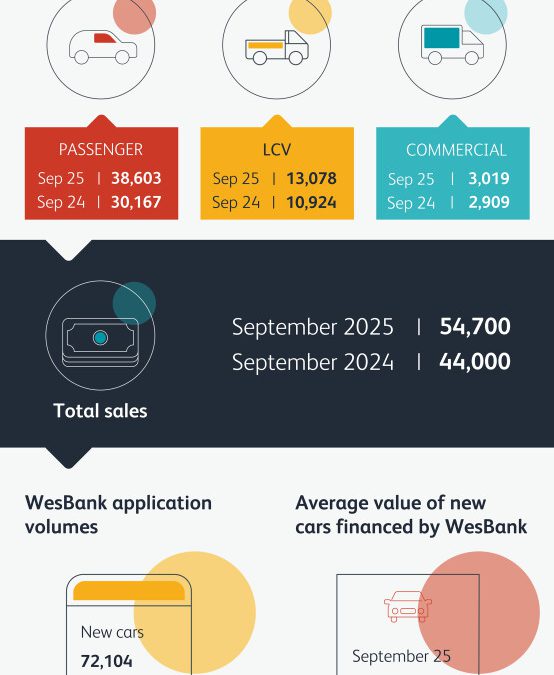Speaking at naamsa’s 2025 SA Auto Week conference, newly appointed WesBank CEO Robert Gwerengwe underscored the critical need for industry collaboration to propel the local automotive sector past the persistent 500,000-unit annual sales ceiling.
“Collaboration is key to advancing the industry beyond its current levels, and naamsa deserves immense credit for its role in bringing together industry stakeholders and even competing brands to solve for South Africa’s mobility challenges and chart a sustainable growth path,” said Gwerengwe. “A vibrant automotive sector provides South Africans access to a reliable and convenient means to go to work or school, or anywhere they need to be to pursue their economic empowerment goals.”
Gwerengwe called for greater collaboration amongst industry players, urging all stakeholders to put ‘SA Inc.’ first when devising future plans to ensure a collective win for individual companies, the industry, and the country.
WesBank returned for the fourth consecutive year as anchor sponsor for SA Auto Week, the local motor industry’s premier annual event. Organised by naamsa | the Automotive Business Council, it marked the start of Transport Month and the release of September’s new vehicle sales.
New vehicle sales were up 24,3% in September to 54,700 units, by some margin (2,820 units) the highest-selling month so far this year. It was also the third consecutive month of volumes above 50,000 units and rounded out 12 months of continual growth for the new vehicle market.
“A more favourable economic outlook should continue to support increased new vehicle sales,” said Lebo Gaoaketse, Head of Marketing and Communication at WesBank. Stability in fuel prices with only marginal shifts expected this month, improved performance of the currency, and the decision to maintain interest rates all contribute to consumer and business confidence. The turnaround of the national power utility with profits promised to be reinvested in energy infrastructure will also provide a more positive outlook for the economy in a more stable electricity environment.
But household budgets remain strained and affordability remains the key consideration in purchase decisions. “Levels of demand are unprecedented with September having the highest volumes of applications for finance,” said Gaoaketse, cautioning that the market dynamics have changed and acknowledging that wider-spread applications to provide greater choice for consumers is more prevalent than in the past. “Ten years ago, with a new vehicle sales volume of 55,315 units (September 2015), WesBank had 28% fewer applications for finance displaying increased competition for credit.” At the time, the repo rate was 6%.
The passenger car segment grew 28% to 38,603 cars, while Light Commercial Vehicles (LCV) increased 19,7% to breach the 13,000-unit volume at 13,078 units. Recent reports have indicated a trend for recreational double cabs as a replacement for premium sedans, driving segment growth. A significant 8,330 units, up 24,9% year-on-year from the rental market also contributed to overall growth.
September’s stellar performance has driven year-to-date sales up 15,6% to 436,854 making the 500,000-unit annual sales ceiling easily breakable should the trajectory continue.
“It is interesting to note the shifts in the market from 10 years ago within a similar volume,” says Gaoaketse. “In a slightly lower interest rate environment, much more disposable income provided consumers the opportunity to replace their vehicles much more often. South Africa’s new vehicle market is selling similar volumes in an environment where consumers are holding onto their cars for longer. That must be a positive sign for future growth.”


